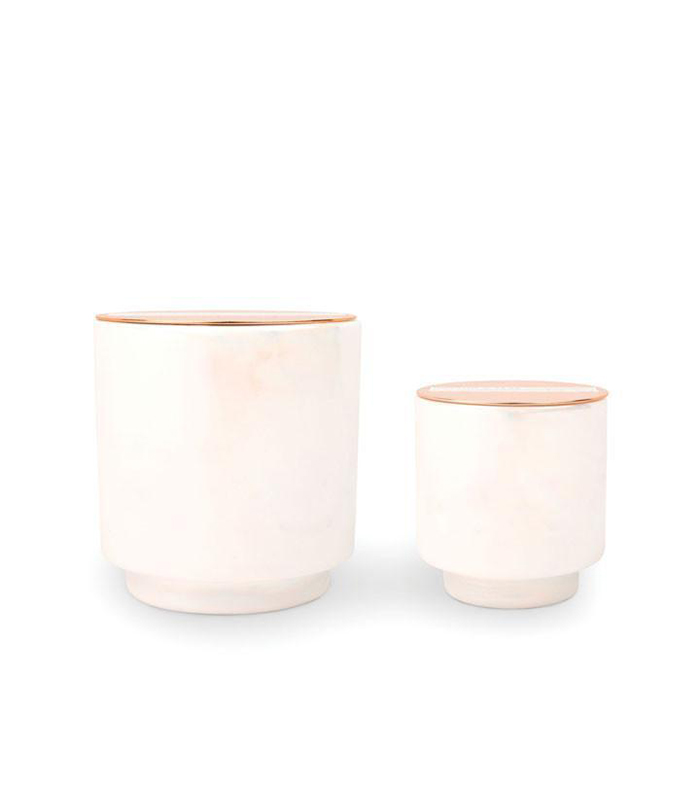7 Things You Didn't Know About Candles and How to Burn Them

Candles can do no wrong. Well, except for burn too fast. Candles are a permanent fixture in my beauty routine in the evenings. The first thing I do when I come home every evening is light a candle and then start my nighttime skincare regimen. Everything from their heavenly scents to the flickering wick calms me and eases me right into relaxation mode. Collectively, every beauty lover I know hoards candles—you just can't get enough of them. Since I depend on candles to set the tone for good vibes, I genuinely get a little sad when the burn goes fast. Sometimes, tossing out a candle just feels wrong.
Are you burning it wrong? Are you taking cure of your candle the proper way? Did you buy the wrong kind of candle? and Should I not toss this? are probably all of the questions you ask yourself when you think your candle is on its last leg. There are many under-the-radar candle tips that'll ensure you have a steady burn. Brady Heyen, the brand experience manager, at Paddywax, one of the most established Nashville-based candle companies you've probably seen at Urban Outfitters or one of your other favorite retail stores, shared with us everything there is to know about candles. From how to burn them evenly to repurposing them for your succulents, candle school is in session below.
Tip #1: For a longer burn, let your candle burn for one hour for every inch in diameter.
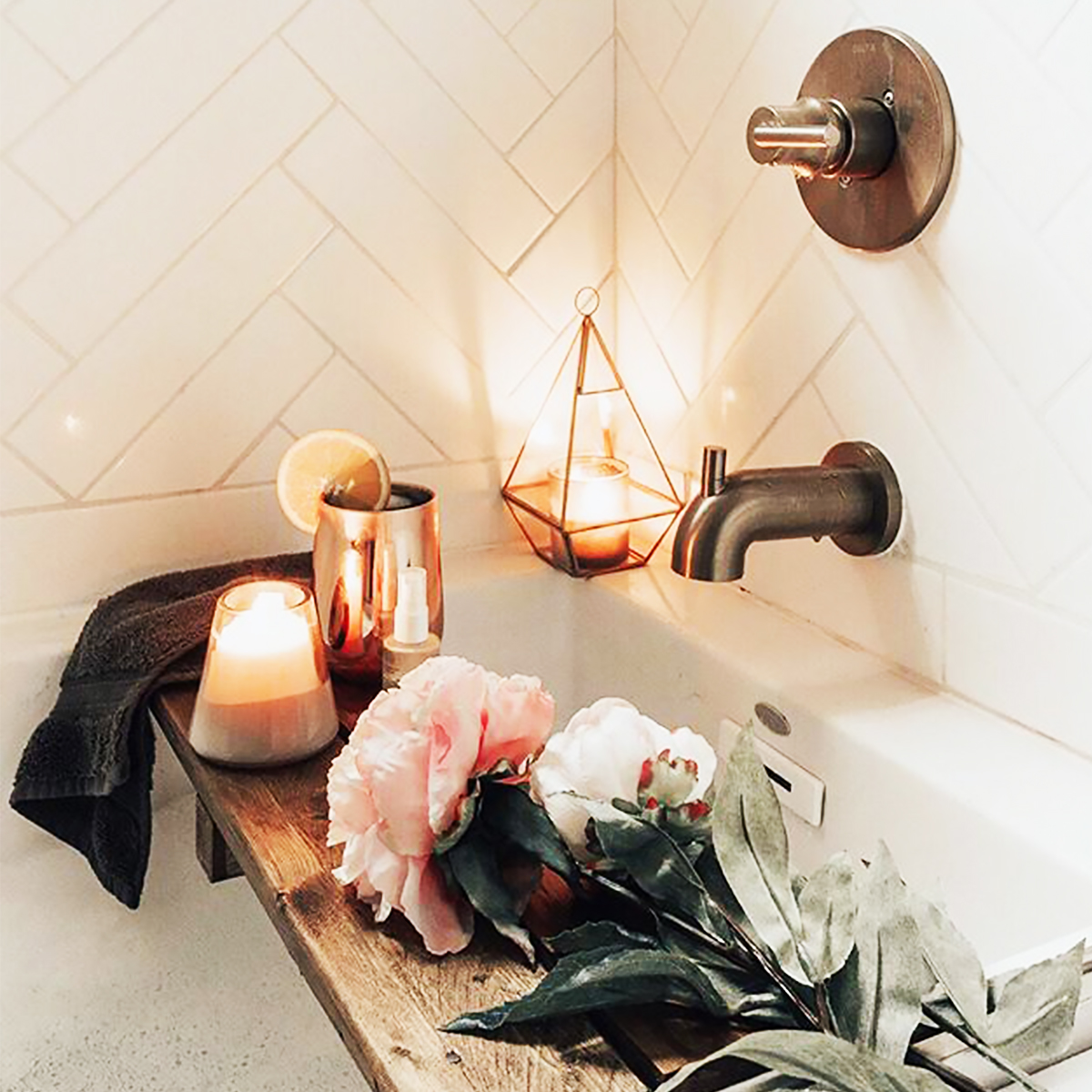
"Let it burn," says Heyen. "Tunneling is the number one culprit when it comes to a short candle life. The best way to ensure a long, healthy candle life is to let the candle do its thing. A rule of thumb is to let a candle burn for one hour for every inch in diameter before extinguishing."
Tip #2: Trim your wick.
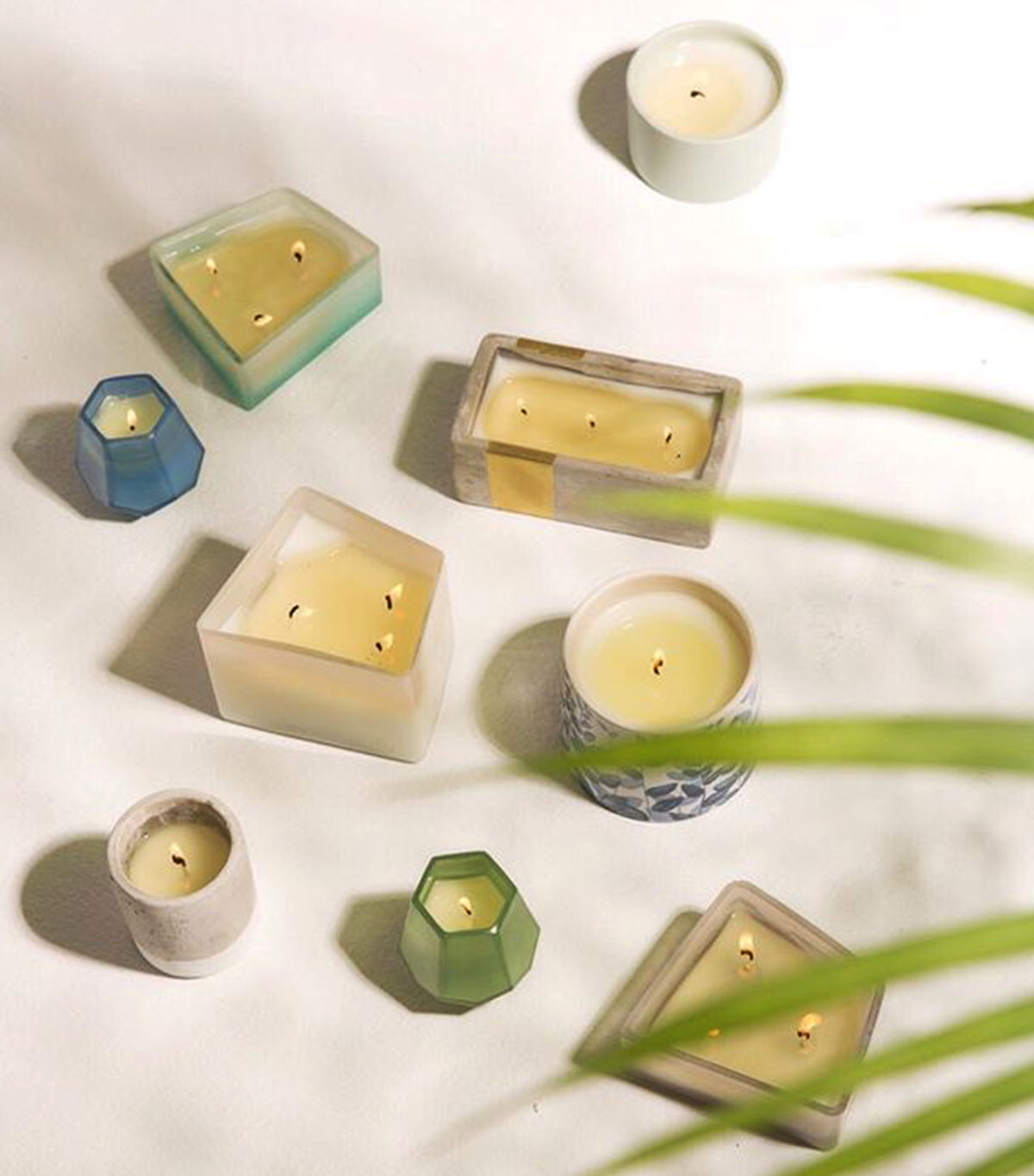
"Cutting the wick to 1/4" before each lighting ensures a steady, consistent burn throughout the life of the candle," explains Heyen.
Tip #3: How fast or slow a candle burns depends on how fragrant it is.
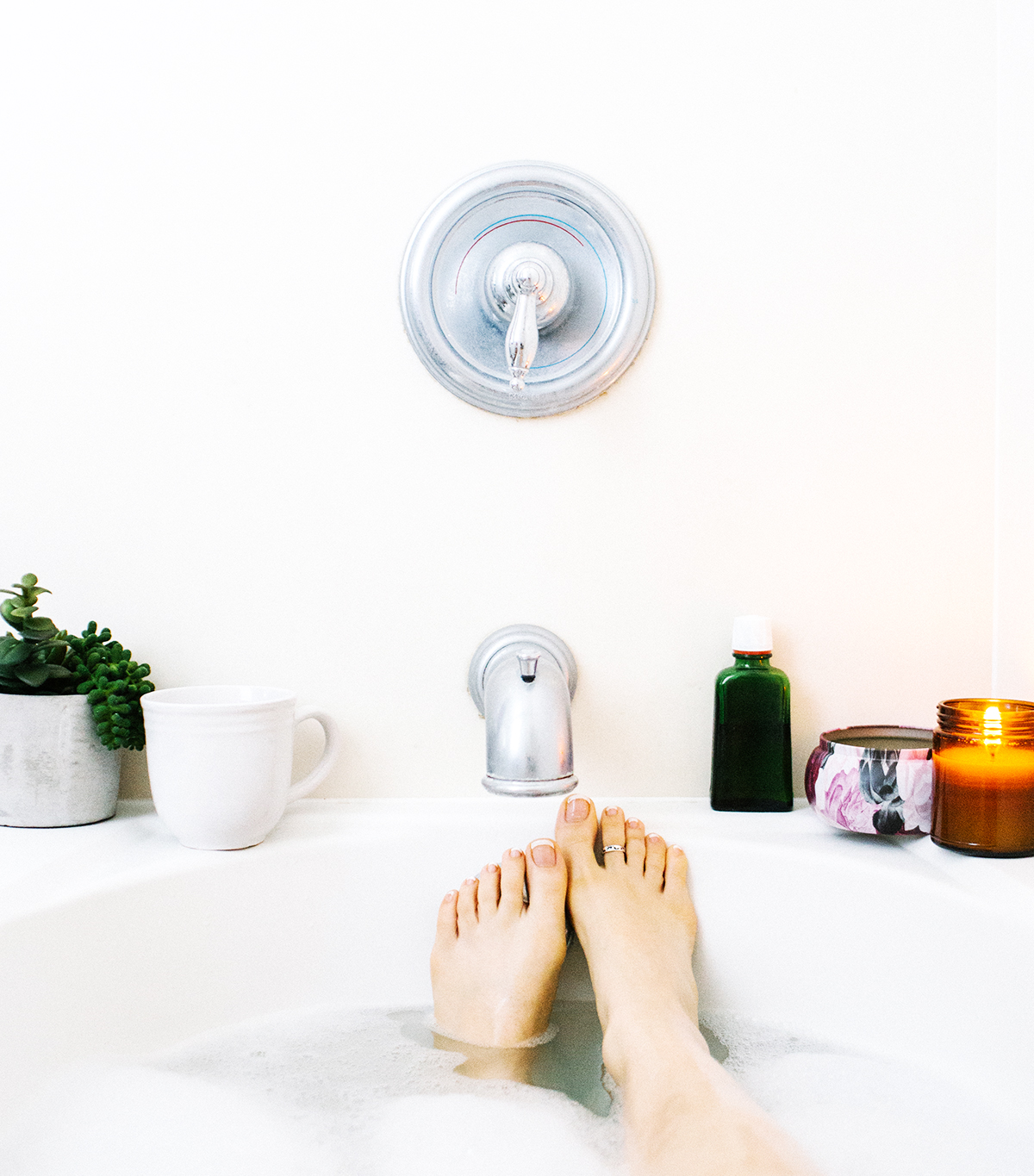
"Typically, a candle that burns faster is also putting out more fragrance at a time," confirms Heyen. "While a slower candle lasts longer but puts out less fragrance at a time. So it's a bit of a trade-off."
Tip #4: Soy-wax candles burn evenly if you follow this rule.
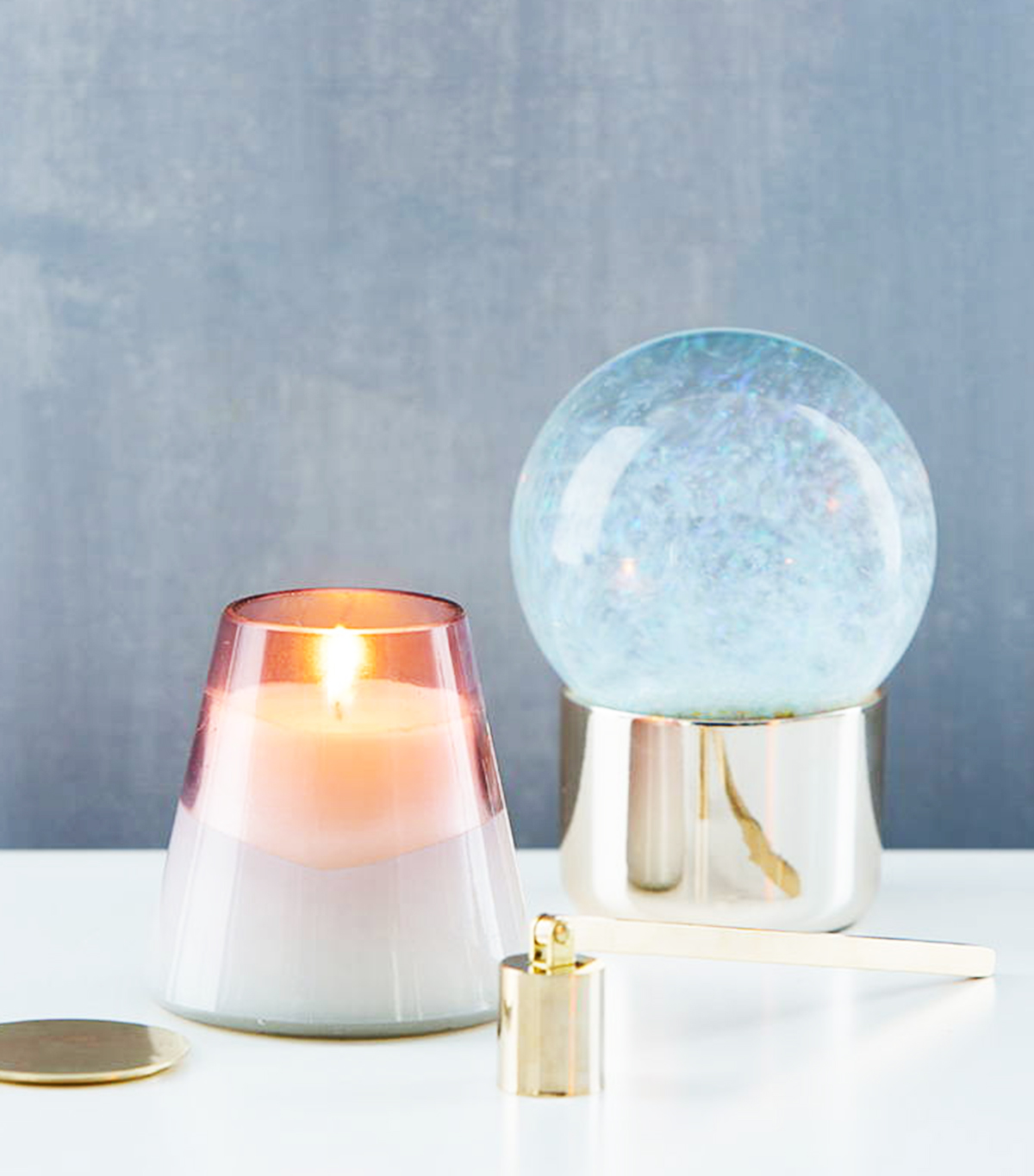
"Get that wax pool going," encourages Heyen. "Soy wax has 'memory' and will continue to melt in the same pattern with every burn. So make sure you let the wax pool go all the way to the edges of the vessel before extinguishing. This way, the soy wax will 'remember' to melt all the way to the edges on subsequent burns."
Tip #5: Clean your candle's vessel for repurposing.
According to Heyen, there are two main ways to repurpose to clean up your candle vessel for repurposing. "Leave the candle in the freezer overnight," Heyen recommends. "This will help the wax release from the vessel walls. Then you can use a utensil to pop out the remaining wax the next day. Don't forget to remove the wick, too. Or, you can run hot water into the vessel to melt the remaining wax. Use a utensil to scrape out the wick and melted wax. Dispose and repurpose."
Tip #6: Try these expert-approved repurposing ideas
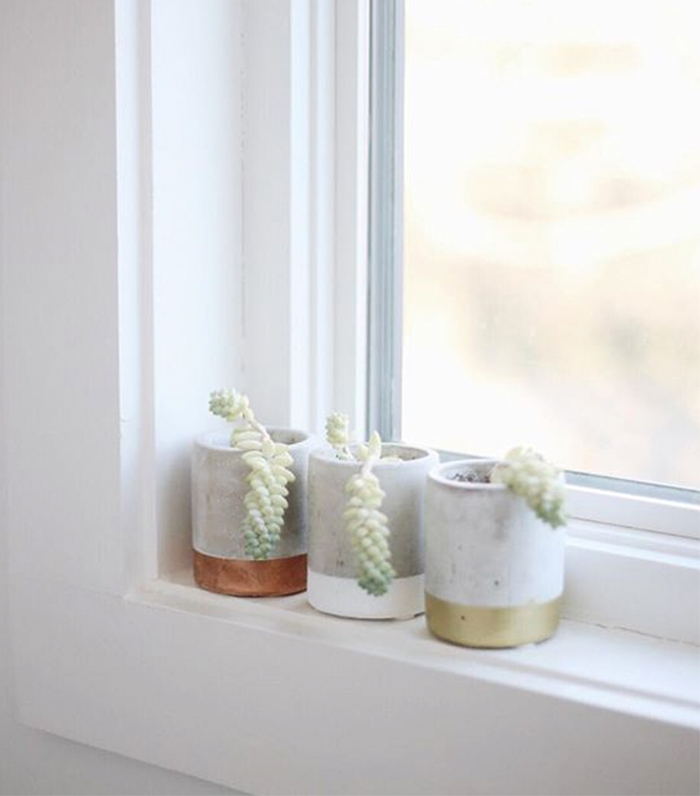
Not ready to fully give your candle up yet? Heyen suggests the below convenient ways to repurpose your candle:
1. Succulent holder
2. Cooking utensil holder
3. Toothbrush holder
4. Drawer organization for odds and ends like paperclips, safety pins, etc.
5. Pen/pencil cup
6. Shallow vessels make good catch-alls.
7. Heavy vessels make good door stoppers.
8. Food-safe vessels (like Paddywax's Mesa and Boheme candles) can be used as a cream and sugar set, an ice cream bowl, or a drinking glass.
Tip #7: Try combining candles.
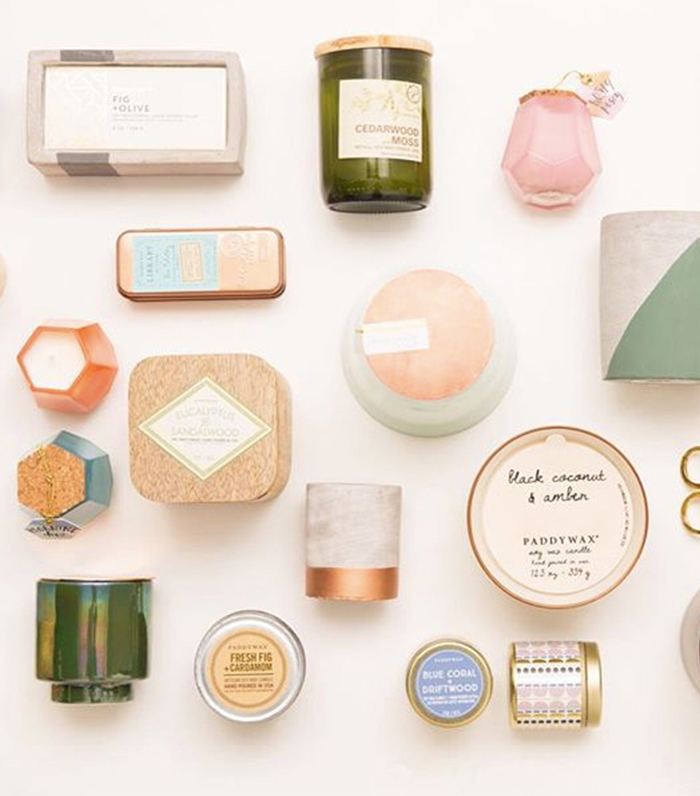
"Can't decide which fragrance to go with? Just burn more than one at a time," says Heyen. "It sounds like it would be a mess, but we've yet to encounter a bad combination of our fragrances."
If you follow these rules, your candle's lifespan will double right before your eyes. Bring on the good vibes.
This article is provided for informational purposes only and is not intended to be used in the place of advice of your physician or other medical professionals. You should always consult with your doctor or healthcare provider first with any health-related questions.
